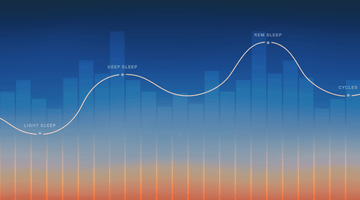As GLP-1 receptor agonists like semaglutide and liraglutide gain popularity for their effectiveness in weight management and improving metabolic health, a new challenge has emerged: how to preserve muscle mass while shedding unwanted fat. This is where essential amino acids (EAAs) step in as a powerful tool to support muscle health and overall vitality during weight loss journeys involving GLP-1 medications.
The Role of GLP-1 in Weight Management
GLP-1 receptor agonists work by mimicking the hormone glucagon-like peptide-1, which regulates appetite and blood sugar levels. These medications help reduce hunger, promote satiety, and often lead to significant weight loss. However, rapid weight loss can sometimes come at the expense of lean muscle mass, especially when dietary protein intake is inadequate.
Muscle mass is crucial for metabolic health, mobility, and overall well-being. Losing muscle while on GLP-1 therapy can lead to reduced energy expenditure, slower metabolism, and long-term challenges in maintaining weight loss. This is where nutrition, particularly the intake of EAAs, becomes critical.
What Are Essential Amino Acids?
EAAs are the building blocks of proteins that the body cannot produce on its own. They must be obtained through diet or supplementation. The nine EAAs include:
-
Histidine
-
Isoleucine
-
Leucine
-
Lysine
-
Methionine
-
Phenylalanine
-
Threonine
-
Tryptophan
-
Valine
Among these, leucine plays a particularly vital role in muscle protein synthesis (MPS), the process by which muscles repair and grow. When you’re in a calorie deficit, as often happens during GLP-1 therapy, maintaining adequate MPS is essential to protect muscle mass.
How EAAs Help Protect Muscle Mass
-
Stimulating Muscle Protein Synthesis: EAAs, particularly leucine, act as triggers for MPS. By providing the necessary building blocks for muscle repair and growth, EAAs counteract the muscle loss that can occur during weight loss.
-
Improving Protein Quality in the Diet: GLP-1 medications often lead to reduced appetite, making it challenging to consume enough protein through whole foods. Supplementing with EAAs ensures that even small amounts of dietary protein are sufficient to support muscle health.
-
Preserving Metabolic Rate: Muscle tissue is metabolically active and helps maintain a higher resting metabolic rate. By preserving muscle mass with EAAs, individuals can prevent the metabolic slowdown often associated with weight loss.
-
Enhancing Recovery and Physical Activity: EAAs can improve recovery after exercise, which is crucial for maintaining physical activity levels during weight loss. Regular exercise, in turn, supports muscle preservation and fat loss.
Best Practices for Using EAAs with GLP-1
-
Timing: Take EAAs around workouts or between meals to ensure a steady supply of amino acids to your muscles.
-
Dosage: Studies suggest that 5-10 grams of EAAs, with at least 2-3 grams of leucine, is optimal for stimulating MPS.
-
Pair with Resistance Training: Combining EAAs with strength exercises amplifies their benefits by further stimulating MPS and reducing muscle breakdown.
-
Stay Hydrated and Maintain Electrolyte Balance: Proper hydration and electrolyte levels enhance the absorption and effectiveness of EAAs.
Conclusion
GLP-1 receptor agonists have revolutionized weight management, but they require a strategic approach to nutrition to minimize unintended muscle loss. Essential amino acids offer an efficient, targeted solution to support muscle preservation, metabolic health, and overall well-being. By incorporating EAAs into your routine alongside GLP-1 therapy, you can optimize your weight loss journey while safeguarding the muscle mass that’s so vital for long-term success.






